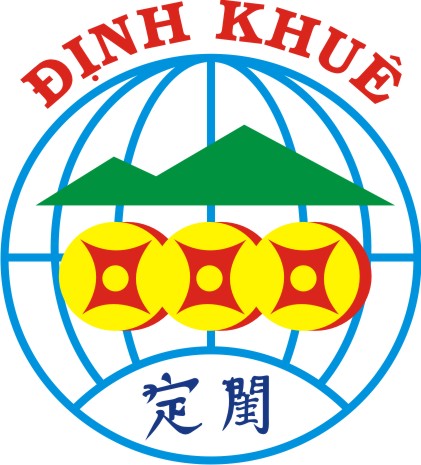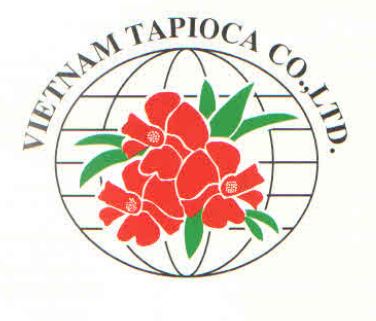wasted cassava stem starch could help feed 30 million
By Annie - Rose Harrison - Dunn,
Utilising wasted cassava stem starch could provide food for an extra 30 million people without using additional arable land, researchers say.
Ther has been growing interest in increasing the industrial use of cassava starch, said researchers at the Swedish University of Agricultural Sciences and China Agricultural University. However, this does not mean there is a need to expend food stocks or occupy more land to increase production they said.
Instead they said that discarded cassava stems - currently removed and considered waste - should be used to their full potential. Ultimately, 30% or more of the dry mass of cassava stems could be used, although this current research has just used 15%
Research leader Shaojun Xiong told FoodNavigator that the report's data is on the more conserative side of what he feels is eventually possible.
The researchers anticipate tha if stems were to replace roots in cassava starch production by 2030 an extra 100 million people could be fed.
The report addresses three scenarios: Stem starch extraction using a simple water extraction process, more high - tech extraction processes being implemented and finally assuming forecasts for increased cassava production.
" The cassava feedstock resources can be utilised mor efficiently within the combined Food and Fuel concept where both starch and fuel production are increased and, in addition, waste is minimised when stems are intergrated into the combined starch and fuel model according to one scenario ( starch+ solid biofuel+biogas)" said the study's co-author Torbjorn Lestander
" Very, very simple technique"
Xiong said that their study have only just begun to unlock the possibilities of extracting starch from cassava stems. He said that with more funding the could extract much more than the 15% extracted acheived with " very, very simple technique using water...We wanted to free the possibility for those low income people. So that's Why we have used this very simple technique and in that case we got 15%. If we use advanced technology we can take more."
Lestanter added:" The technique is very simple. Just mill the stems into a powder and put it in cold water than the small starch grains will accumulate at the bottom ( just like small stones) whereas the rest of the stem biomass can be removed.
Cassava is very starchy and can be processed into flour and semolina. It is a staple food for between 0.5 -1 bilion people in Africa, Latin America and Asia, wrote the reseachers.
As well as food production, the sudy also looked the potential to use the waste for bioenergy.
Utilising wasted cassava stem starch could provide food for an extra 30 million people without using additional arable land, researchers say.
Ther has been growing interest in increasing the industrial use of cassava starch, said researchers at the Swedish University of Agricultural Sciences and China Agricultural University. However, this does not mean there is a need to expend food stocks or occupy more land to increase production they said.
Instead they said that discarded cassava stems - currently removed and considered waste - should be used to their full potential. Ultimately, 30% or more of the dry mass of cassava stems could be used, although this current research has just used 15%
Research leader Shaojun Xiong told FoodNavigator that the report's data is on the more conserative side of what he feels is eventually possible.
The researchers anticipate tha if stems were to replace roots in cassava starch production by 2030 an extra 100 million people could be fed.
The report addresses three scenarios: Stem starch extraction using a simple water extraction process, more high - tech extraction processes being implemented and finally assuming forecasts for increased cassava production.
" The cassava feedstock resources can be utilised mor efficiently within the combined Food and Fuel concept where both starch and fuel production are increased and, in addition, waste is minimised when stems are intergrated into the combined starch and fuel model according to one scenario ( starch+ solid biofuel+biogas)" said the study's co-author Torbjorn Lestander
" Very, very simple technique"
Xiong said that their study have only just begun to unlock the possibilities of extracting starch from cassava stems. He said that with more funding the could extract much more than the 15% extracted acheived with " very, very simple technique using water...We wanted to free the possibility for those low income people. So that's Why we have used this very simple technique and in that case we got 15%. If we use advanced technology we can take more."
Lestanter added:" The technique is very simple. Just mill the stems into a powder and put it in cold water than the small starch grains will accumulate at the bottom ( just like small stones) whereas the rest of the stem biomass can be removed.
Cassava is very starchy and can be processed into flour and semolina. It is a staple food for between 0.5 -1 bilion people in Africa, Latin America and Asia, wrote the reseachers.
As well as food production, the sudy also looked the potential to use the waste for bioenergy.
Gửi cảm nhận của bạn
News
- REGULATIONS OF VIETNAM CASSAVA ASSOCIATION
- REGULATIONS OF VIETNAM CASSAVA ASSOCIATION
- Danh sách hội viên
- Circular 31/2017/TT-BTNMT attached with QCVN 63:2017/BTNMT - National Technical Regulation on effluent discharged from the cassava starch processing factories
- Presentation of Alfa Laval Decanter (Aldec series) for sludge dewatering in waste water treatment of tapioca starch plants.
- Presentation of TX-712B separator made by Alfa Laval (Sweden) for washing of tapioca starch
- Price table of cassava on June 03rd, 2016
- Mealybug damage on 158ha of cassava
- Vietnam Cassava Weekly 3rd Report Week in August 2015
- Annual Forecasts 2014-2015 harvest cassava in excess of Yen Bai 70,000 tons of fresh cassava roots from drying cassava inactivity.
- International conference on sustainable development of cassava in Vietnam.
- China halt to import of cassava pulp from Vietnam
- Cassava – the US $ billion-plant of Vietnam’s export.
- According to the latest report of the Ministry of Agriculture and Rural Development, in November, 2014 the total value of exports of agricultural, forestry and fishery products reached over 28 billion US dollars.
- Tapioca starch transactions at borders have more vibrant signs due to the increased needs of the Chinese customers.
- Workshop on status and development direction for Ethanol sector in Vietnam dated 14.11.2014
- Inviting to participate in learning programs and fieldwork in Japan from days 22-28/11/2014
- GRATITUDE meeting to introduce the project "Reducing losses in harvesting and processing of root crops" at Hanoi University of Science and Technology on 22.10. 2014
- Ceremony of joining new members of VCCI
- Meeting with the Ministry of Natural Resources and Environment
- tapioca export quantity in the first 2 months 2014 fall sharply
- Invite letter for Korean Business & investment Promotion
- Invite enterprises attend trade promotion program in Brazil
- 17/2014/TT- BTC circular about decreasing tapioca import tax
- The Notice of Meeting on Brabender
- The Notice of Meeting with GRATITUDE
- Brabender equipment for Vietnam Cassava Starch sector
- Vietnam Cassava Association 2014
- VIETNAM CASSAVA ASSOCIATION
MEMBERSHIP CORNER
VIDEO CLIP
Price Table
|
|||||||||||||||||||||||||||||||||||||||||||||||




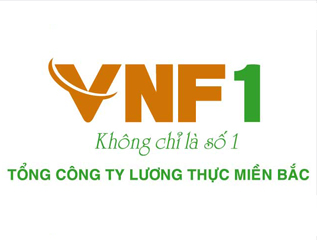


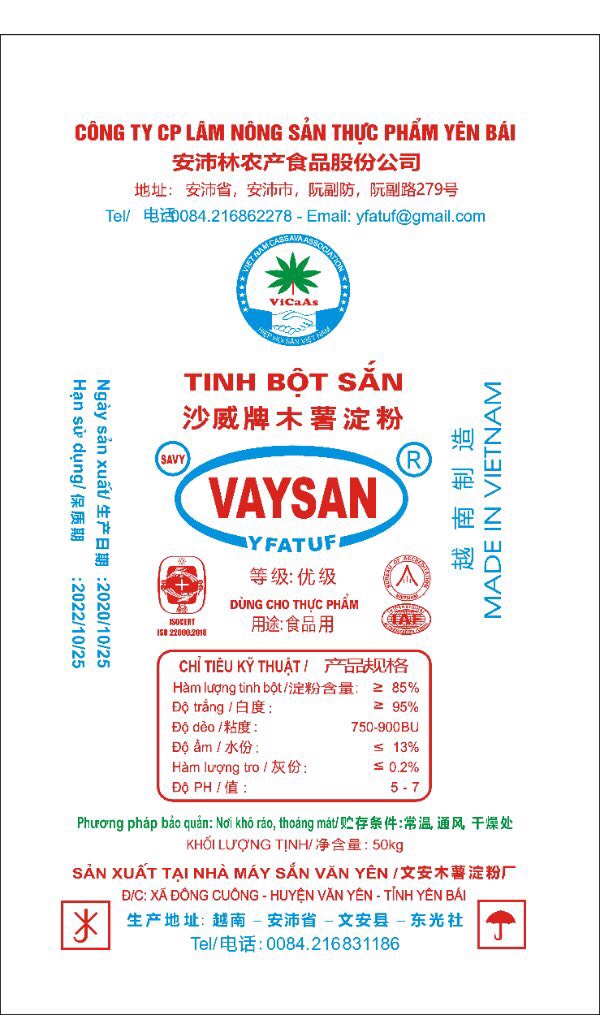


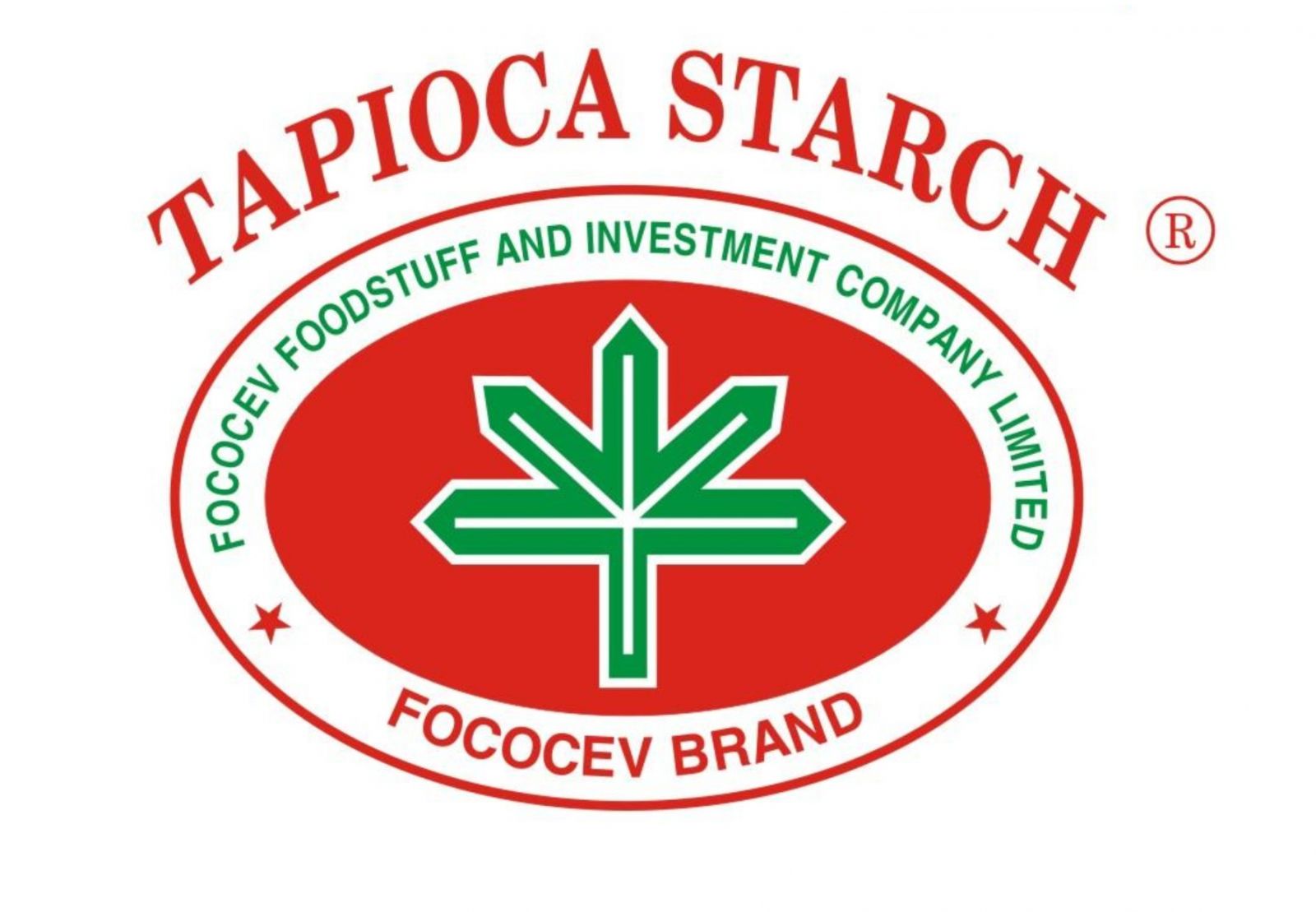
.jpg)
